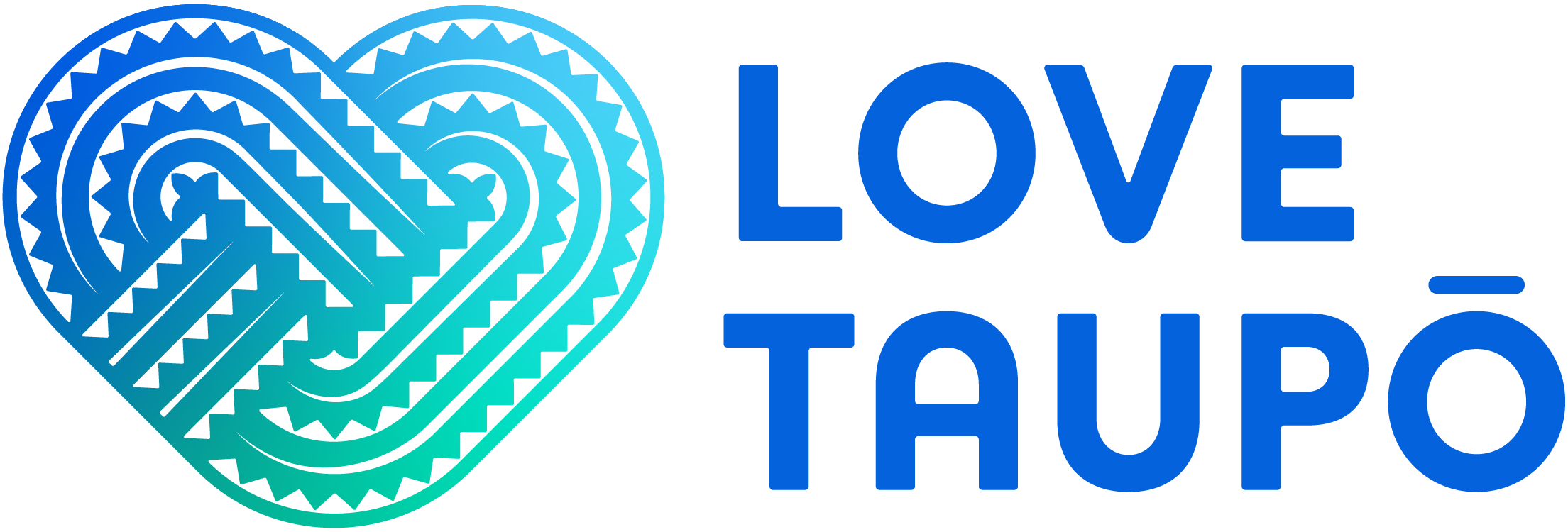
Visitors can expect to hear most of the couple’s five children sing and perform kapa haka (Māori action songs) as well as serve food they have lifted from their backyard hāngī pit. Guests may be offered a personal tour of the flax weaving and medicinal plants in Dinny’s garden, or perhaps encounter the outstretched arms of a huggable baby grandson. Geoff, who is universally known as Snow, grew up just down the road and loves to relay ancestral stories and continue carving the unfinished waka (boat) that lies in an adjacent paddock.
It all happens a few steps from the front porch of their home, which doubles as their working hub. The Haka Shop’s tourism offerings are utterly unlike the commercial cultural shows available in other centres.

“It’s a way of reinforcing our culture,” Dinny says of her family’s decision to invite visitors onto their property. “Our Māori world makes sense to us, but how do we educate and help people understand who we are unless we share it?
“It’s time for us to break down the barriers and say hey, this is why we do the things we do. It’s our responsibility to carry on from our ancestors and try to keep as true to ourselves as we can.”
Dinny Rameka
For years, the husband and wife duo have been teaching kapa haka to local high school students and touring with them nationally and in Hawaii and the Cook Islands. Snow who has twice travelled to China as cultural advisor to Taupō’s mayor, also teaches traditional Māori carving and is regularly called on to deliver karakia (prayers) or a haka (ceremonial war dance) at local events. Each year, he leads a small group of Māori paddlers out onto Lake Taupō to escort Ironman New Zealand swimmers during the first leg of the international event.

He is ex-army and a former outdoor instructor, while Dinny is a weaver with business management qualifications. Both are natural teachers who hold Māori performing arts degrees. They also have deep connections to their local iwi (tribe) Ngāti Tuwharetoa and to the neighbouring marae (meeting ground) where Snow grew up.
Together, they have realised a dream to establish a modern marae of their own. They call it Haumoana – breeze off the lake – which is the name Dinny Haumoana Snowdon-Rameka inherited from her grandfather.
Initially, the semi-rural property was solely a home for their own children and the host of other young people they mentor and whāngai (adopt). It has evolved to include a performance centre and dining space suitable for visitors, all achieved on a humble budget, with plenty of aroha (love) and mahi (work).

“I’m a very determined person,” Dinny says.
Her husband nods; “Dinny and I don’t accept no for an answer.”
So gardens have been created largely from cuttings, while extra rooms were fashioned from three small sheds made by students at the high school where Snow teaches. The centrepiece is a relocated community hall, painstakingly restored and filled with carvings that had been created by trainees in another city and gifted to The Haka Shop.
“We brought the carvings onto the marae, blessed them and started restoring them,” Snow says of the carved poles and panels that now adorn the repurposed hall.
“The whole family got involved and my students, too. We were all cleaning them with cotton buds. We are giving the carvings a place to stand proud, they all tell stories.”
Snow Rameka
Snow and his whānau relay some of these traditional tales while preparing and serving hāngī, or between performances, or while chatting with their guests. They explain why a haka looks aggressive, why dancers will shake their hands, how geothermal activity came to the region. The couple, who have been married more than 40 years, are generous with their personal stories, too.

“My father was killed in a bush accident in 1966,” Dinny says. “My mum raised six of us in the dense heart of Tūhoe country, where we ran around barefoot. We were bush kids and grew up speaking and hearing only Māori.”
She is proud that several of her own children are fluent te reo (Māori language) speakers and that grandchildren are growing up immersed in the language. All are steeped in their culture.
“I’ve always had a passion for the cultural arts,” she says.
The daughter and granddaughter of weavers uses her flax skills to make baskets, mats, traditional costumes and prepares flax for intricate korowai (woven capes) made by others. She and her husband initially became involved in their daughter’s kapa haka group as parent helpers but were quickly roped in to help with everything from costumes to choreography.

Snow, meanwhile, has a long-held interest in traditional Māori weaponry; taiaha, patu, mere. And daughter Teiria Meeki is a graphic designer with a particular interest in tā moko (tattoos).
“It was our daughter who named us. She said this is like a one stop shop, The Haka Shop. The penny dropped that we could do all my weaving, all my costuming, all our training here. Collectively, we have the talent to create whatever we want to do in this place."
Dinny Rameka
When we greet visitors who come to experience our culture, we always say ‘kia ora, welcome to our place, we live here.’”




